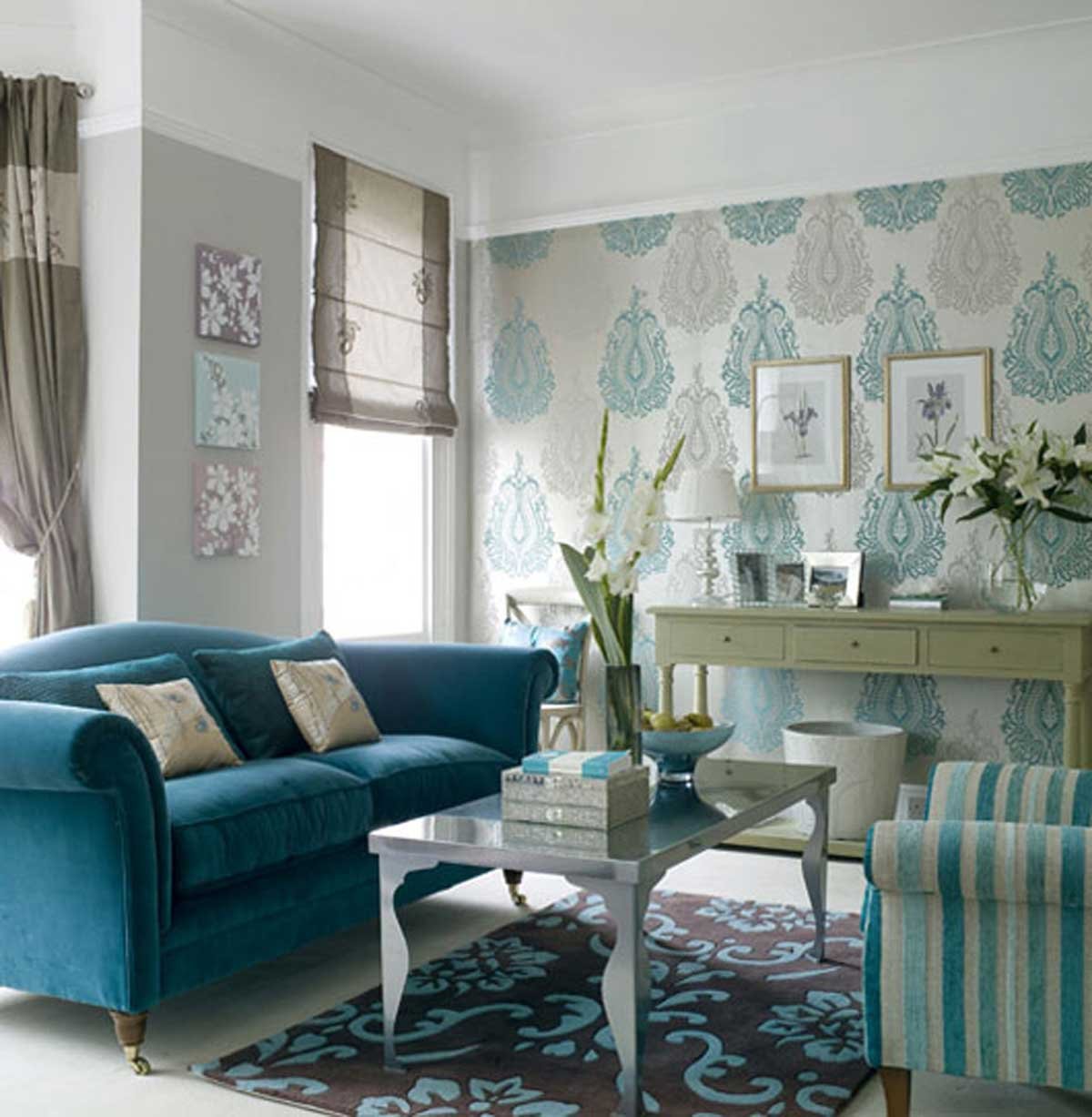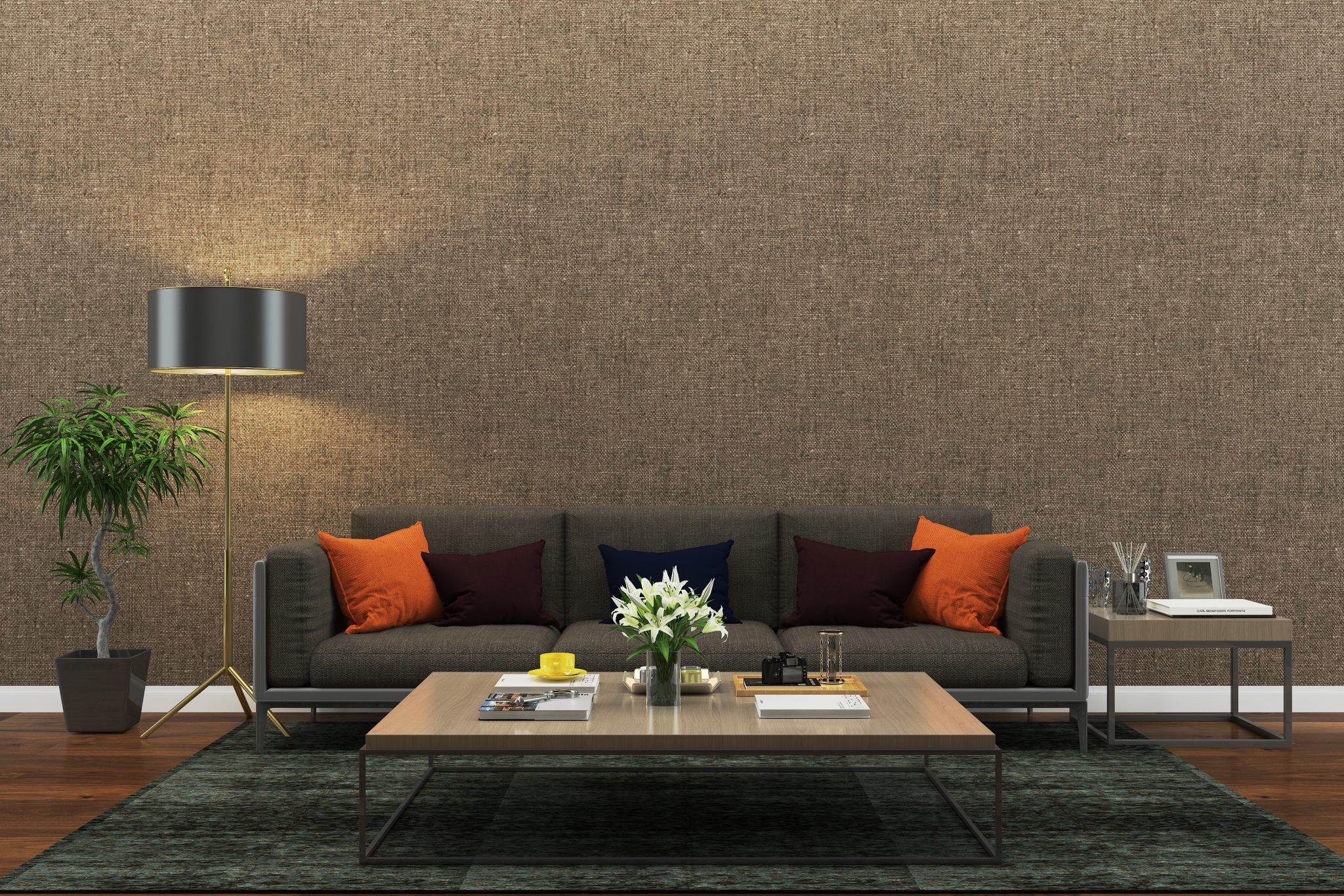DIY living room wallpaper designs
DIY Living Room Wallpaper Designs
Wallpaper is a great way to add personality and style to your living room. It can also be a relatively inexpensive way to update your space. If you're feeling creative, you can even try your hand at DIY wallpaper. With a little planning and effort, you can create a unique and stylish living room that reflects your personality.
Preparing your walls
Before you start applying wallpaper, you need to make sure your walls are properly prepared. This means removing any existing wallpaper, patching any holes or cracks, and sanding the walls to create a smooth surface. If you have textured walls, you may need to apply a primer before you start wallpapering.

Choosing the right wallpaper
Once your walls are prepared, you can start choosing wallpaper. There are a wide variety of wallpaper styles to choose from, so you're sure to find something that fits your taste and budget. When choosing wallpaper, keep the following factors in mind:
- The size of your living room: If you have a small living room, you'll want to choose a wallpaper with a small pattern or a light color. This will help to make the room feel more spacious.
- The lighting in your living room: If your living room gets a lot of natural light, you can choose a wallpaper with a bolder pattern or a darker color. If your living room is not as well-lit, you'll want to choose a wallpaper with a lighter color and a smaller pattern.
- Your personal style: The most important factor to consider when choosing wallpaper is your personal style. Choose a wallpaper that you love and that will make you happy every time you see it.

Applying the wallpaper
Once you've chosen your wallpaper, you're ready to start applying it. The following steps will walk you through the process:
- Measure your walls and cut your wallpaper. You'll need to cut your wallpaper to the exact dimensions of your walls. To do this, measure the height and width of each wall and add 1 inch to each measurement for overlap.
- Apply a wallpaper adhesive to the walls. Use a roller to apply a thin layer of wallpaper adhesive to the walls. Be sure to apply the adhesive to the entire wall, including the top, bottom, and sides.
- Apply the wallpaper to the walls. Starting at the top of the wall, carefully apply the wallpaper to the wall. Use a wallpaper smoother to smooth out any wrinkles or bubbles. Be sure to press the wallpaper firmly into place.
- Overlap the wallpaper. When you reach the end of the wall, overlap the wallpaper by 1 inch. Use a sharp knife to trim the excess wallpaper.
- Seal the wallpaper. Once the wallpaper is dry, apply a sealant to protect it from moisture and damage.

DIY Wallpaper Designs
If you're feeling creative, you can try your hand at creating your own DIY wallpaper designs. Here are a few ideas to get you started:
- Stenciled wallpaper: Use a stencil to create a custom wallpaper design. You can find stencils at most craft stores.
- Dry-wall tape art: Use pieces of dry-wall tape to create a geometric design on your walls.
- Fabric wallpaper: Use fabric to create a unique and textured wallpaper. You can even use old clothes or curtains.
- Wallpaper decals: Use wallpaper decals to add a pop of personality to your walls. You can find decals at most home improvement stores.
With a little creativity and effort, you can create a DIY living room wallpaper that is both stylish and unique. So what are you waiting for? Get started today!
Tips for DIY Wallpapering
Here are a few tips to help you get started with DIY wallpapering:
- Start with a small project. If you're new to DIY wallpapering, it's a good idea to start with a small project, such as a single wall or a small accent wall. This will give you a chance to practice your skills and get a feel for the process.
- Read the instructions carefully. Before you start wallpapering, be sure to read the instructions carefully. This will help you avoid any mistakes.
- Take your time. Wallpapering can be a time-consuming process, so be sure to take your time and do it right. Rushing through the process can lead to mistakes.
- Ask for help if you need it. If you're struggling with any part of the process, don't be afraid to ask for help. There are plenty of resources available, such as online tutorials and books.
With a little patience and effort, you can create a DIY living room wallpaper that is both stylish and unique. So what


